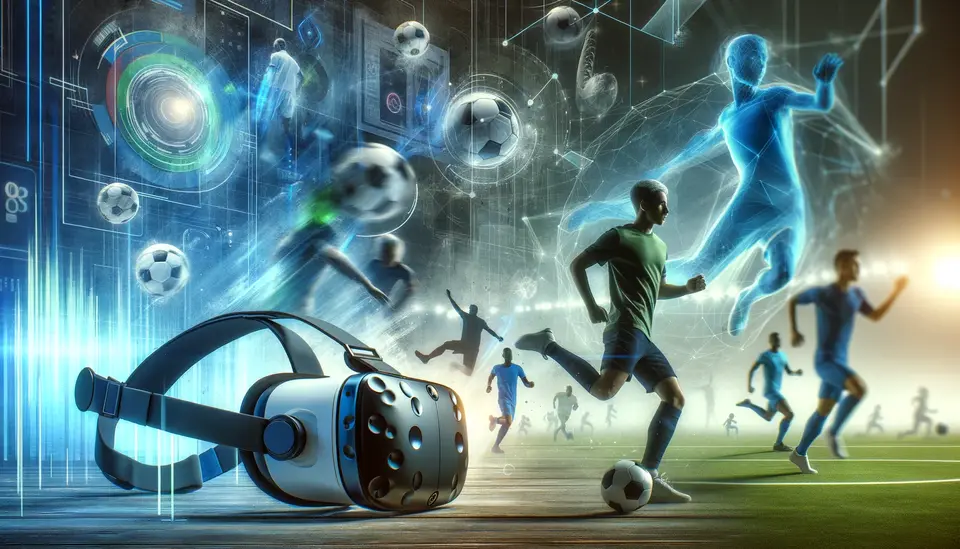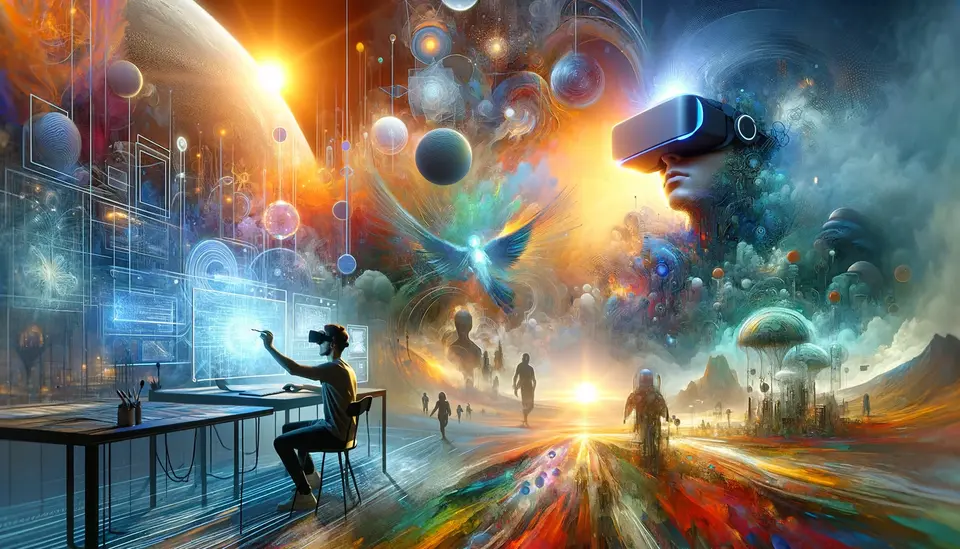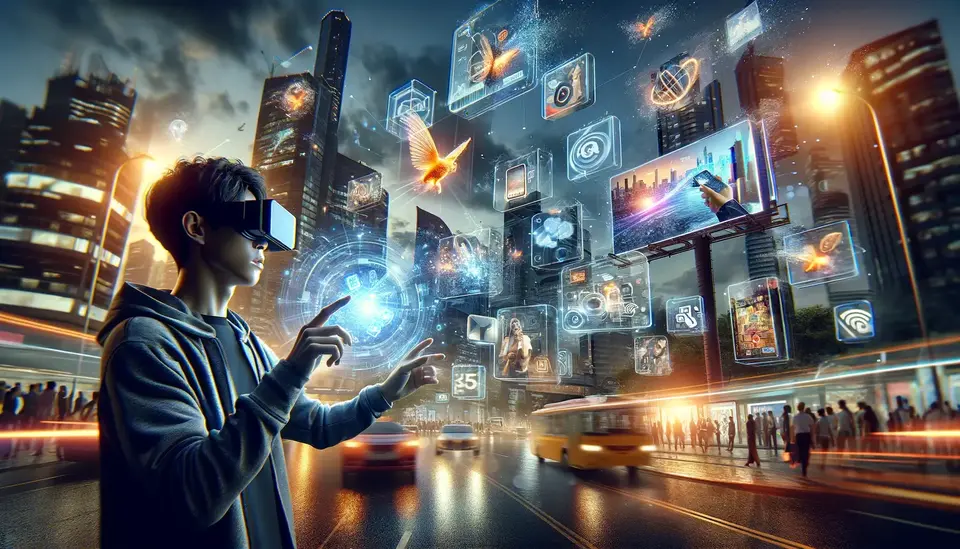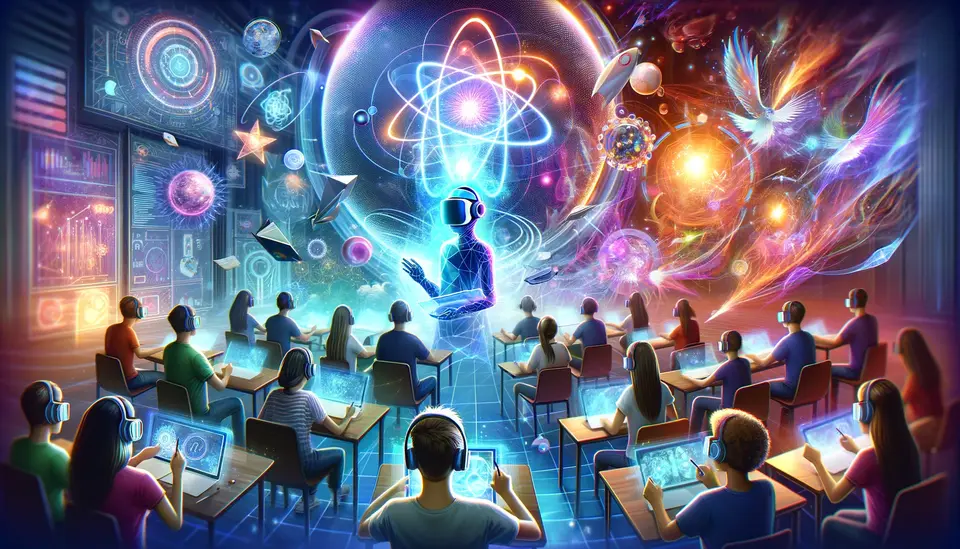Creating Avatar Body and Facial Animations for Virtual Reality (VR)
Posted on May 11, 2023 5 minutes 886 words
Table of contents
The immersive nature of virtual reality (VR) has captivated the imagination of millions worldwide. One critical aspect of creating an engaging VR experience is developing realistic and expressive avatars. Avatar body and facial animations contribute to the user’s sense of presence in the virtual environment, enhancing immersion and interaction. In this comprehensive guide, we’ll explore the methods and tools available for creating realistic avatar animations, from rigging and skinning to motion capture techniques.
1. Understanding the Basics of Avatar Animation
Before diving into the process of creating avatar animations, it’s essential to understand some key terms and concepts:
- Avatar: A digital representation of a person or character in a virtual environment.
- Rigging: The process of creating a skeletal structure (armature) for a 3D model, allowing it to move and deform.
- Skinning: The process of attaching a 3D model’s mesh to the rig, enabling the model to move with the underlying skeleton.
- Animation: The process of creating a sequence of frames or images to give the illusion of movement.
- Motion capture: A technique of capturing the movement of a real-life actor and translating it into digital animation.
3D modeling software plays a crucial role in creating avatars and their animations. Popular options include Blender, Autodesk Maya, and 3ds Max.
2. Rigging and Skinning the Avatar
Rigging and skinning are essential steps in preparing a 3D model for animation. Rigging involves creating a skeleton with joints and bones that define how the model can move, while skinning attaches the model’s mesh to the rig.
Several 3D modeling software programs offer robust tools for rigging and skinning. For example:
- Blender: Rigify add-on provides a quick way to generate a basic rig
- Autodesk Maya: HumanIK toolset allows for advanced rigging and skinning
- 3ds Max: Biped and CAT systems facilitate character rigging and animation
Each software package has its unique features and workflow, but the general rigging and skinning process includes:
- Import or create a 3D model
- Set up a skeleton with joints and bones
- Adjust bone weights and constraints
- Test the rig to ensure proper movement

3. Body Animation Techniques
Two primary techniques can be used for creating avatar body animations: keyframe animation and motion capture (mocap).
-
Keyframe Animation: This traditional animation method involves manually setting key poses for the avatar at specific frames. The software interpolates the movement between these key poses, creating a smooth animation. This technique requires a strong understanding of human anatomy and movement but allows for complete artistic control.
-
Motion Capture: Mocap involves capturing an actor’s movements using specialized hardware, like suits or cameras, and translating them into digital animations. This technique produces more realistic and natural animations, but it may require expensive equipment and software.
4. Facial Animation Techniques
Animating facial expressions is crucial for creating expressive and engaging avatars. Some popular facial animation techniques include:
-
Blend Shapes: Also known as morph targets, blend shapes involve creating a series of facial expressions (e.g., smiling, frowning, etc.) and blending between them to create the desired animation. This technique is relatively simple but may require many blend shapes for complex expressions.
-
Facial Rigging: Similar to body rigging, facial rigging involves creating a skeletal structure for the face. This technique allows for more precise control over facial movements and expressions but can be more challenging to set up and animate.
-
Performance Capture: A form of mocap, performance capture involves capturing an actor’s facial expressions using cameras or markers and translating them into digital animations. This technique produces highly realistic and nuanced facial animations, but it may require specialized equipment, software, and trained actors.
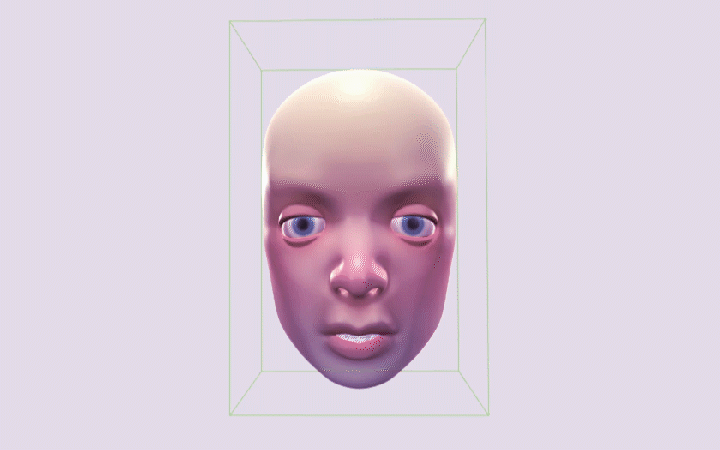
5. Integrating Avatar Animations into VR Environments
Once you’ve created your avatar animations, it’s time to integrate them into your VR project. Popular game engines like Unity and Unreal Engine provide tools for importing and managing avatar animations:
- Import the avatar model and animations into the game engine, ensuring that the model’s rig and materials are correctly set up.
- Set up animation controllers to manage different animation states and transitions (e.g., walking, running, idle, etc.).
- Implement user input and physics systems to control the avatar’s movement and interactions within the virtual environment.
Optimizing performance is crucial for a smooth VR experience. Consider the following tips:
- Use level of detail (LOD) models to reduce the complexity of avatars when they are farther from the user’s viewpoint.
- Optimize textures and materials to reduce rendering overhead.
- Use efficient animation compression and culling techniques to minimize runtime performance costs.

6. Best Practices and Tips for Avatar Animation
Creating realistic and engaging avatar animations requires time, patience, and practice. Keep these tips in mind to improve your animation skills:
- Study human anatomy, movement, and facial expressions to create more believable animations.
- Develop efficient workflows within your 3D modeling and animation software to save time and effort.
- Collaborate with other artists, animators, and developers to share knowledge, resources, and feedback.
Conclusion
Creating realistic avatar body and facial animations for virtual reality is both an art and a science. By understanding the various methods and tools available, you can create engaging avatars that enhance user immersion and interaction within VR environments. Keep exploring and experimenting with different techniques, and don’t forget to leverage resources, tutorials, and communities for further learning and support. Happy animating!


